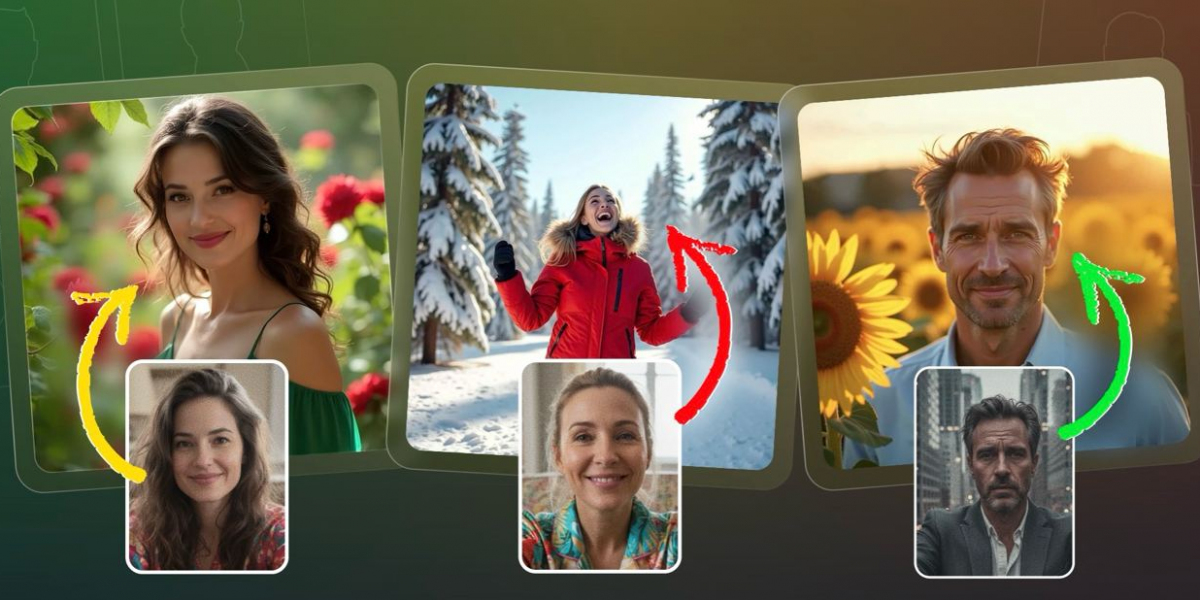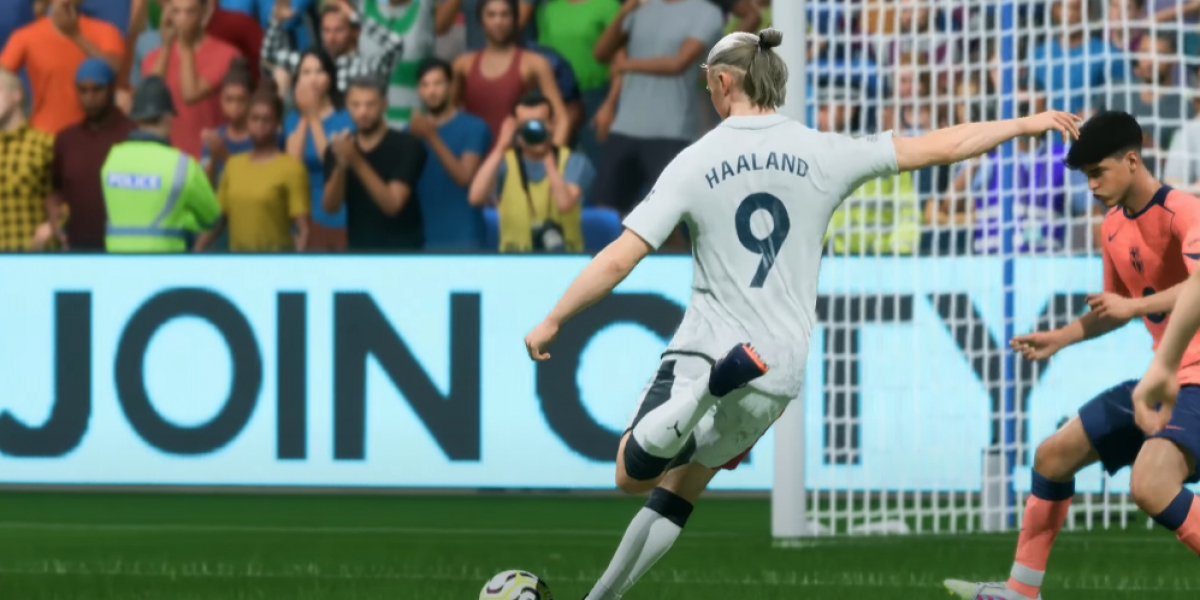You don't have to go hiking at dawn or travel to the Alps to get a photo that looks like it belongs in a travel magazine. People are turning regular selfies into sweeping, nature-rich portraits that feel far from staged—and surprisingly real. These aren’t simple filters or digital wallpapers pasted behind your head. They’re detailed compositions powered by AI, built to make it look like you were photographed in the heart of a mountain range or standing in a golden wheat field at sunset.
This visual shift isn’t random. It says something about how people want to be seen—more grounded, more human, and more connected to something bigger than a blank background.
Why Nature Settings Work So Well in Portraits
Take any portrait with a solid white wall or a blurred apartment behind it. Now replace that with a backdrop of wildflowers or a canyon lit by soft morning light. It changes everything.
Nature doesn’t just decorate a photo. It shapes how the subject is viewed. Mountains create a sense of strength. Forests bring calm. Coastal cliffs add movement. When done right, these natural settings don’t steal focus—they frame it. They create mood, not distraction.
There’s also a psychological aspect. People associate natural landscapes with freedom, peace, and authenticity. So, when someone shows up framed by nature—even if they’ve never stepped foot on that cliff—it feels believable. And that feeling sticks longer than another indoor headshot with perfect lighting.
AI Is Changing the Way We Capture the Outdoors
Of course, not everyone has the time, equipment, or budget to take professional photos on a glacier or in a desert. That’s where AI steps in—not to replace real photography, but to open new creative paths.
Modern AI tools now take a basic selfie and turn it into something atmospheric and balanced. They don’t just crop and paste. Good tools analyze the lighting on your face, adjust the background environment accordingly, and match shadows, contrast, and tone. The result doesn’t look “edited.” It looks like you were actually there.
And you don’t have to spend hours tweaking every layer. With tools like an AI nature portrait generator, the whole process takes minutes. Pick a landscape that suits the mood—snowy, lush, dry, dramatic—and let the system do the technical work. What you get is a high-quality outdoor portrait that looks like it came from a real photo shoot.
Where These Portraits Are Being Used
The rise of nature-themed portraits isn’t limited to social posts. Creators are using them as profile photos across platforms where appearance matters. Artists and musicians are using them for promo content. Some even show up in professional spaces—especially in industries where creativity or mood is part of the job.
And there’s also the casual side: digital scrapbooks, dating apps, or personal blogs. People want more than a good photo—they want a photo that says something. A coastal sunrise behind your shoulders might say “I’m calm but adventurous.” A foggy forest could suggest introspection, creativity, or mystery.
The beauty is, none of this needs to be literal. You don’t have to explain whether you were actually on top of a hill at sunset. It just has to feel right. These portraits aren’t lying—they’re reimagining.
The Emotional Value of Placing Yourself in Nature
There’s a reason people decorate their homes with landscape photos or use hiking shots as phone backgrounds. Nature gives us room to breathe—even digitally.
Portraits that merge people with open, organic spaces do something subtle: they remind viewers of scale, of quiet, of space. A photo framed by cliffs or skies or pine trees simply hits different. It doesn’t just show your face. It tells people something about how you see yourself.
That emotional tone matters. Especially now, when so much of digital communication is polished and repetitive. A nature-based portrait breaks the pattern. It feels slower, more personal, and oddly familiar—even if it’s AI-generated.
Final Thoughts: A New Kind of Real
The truth is, most people don’t care if your background was captured with a drone or generated by software. They care if the image speaks to them—if it’s believable, memorable, and different from what they’ve seen a hundred times.
AI nature portraits offer that difference. They blend the ease of digital tools with the emotional depth of outdoor photography. You get to explore new settings, moods, and styles—without a travel budget or a DSLR. And what you end up with isn’t just another headshot. It’s a portrait that feels like it came from somewhere real, even if that “somewhere” only exists on screen.














